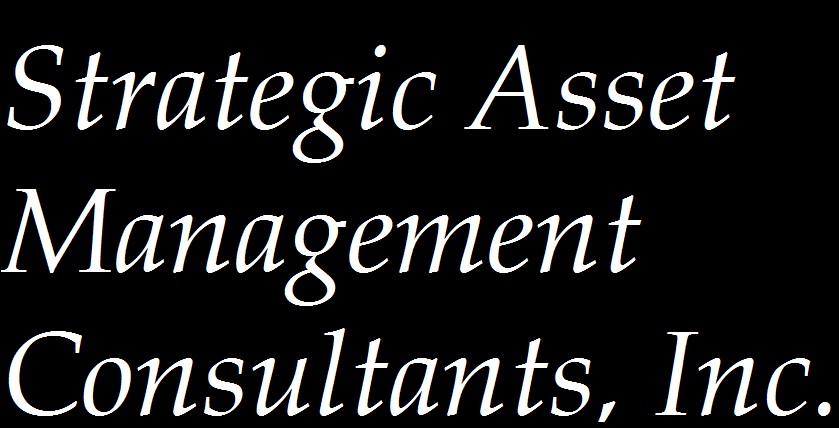How deep will this correction ultimately be?
January may prove to be the worst month for stocks in eight years. The S&P 500 just corrected for the second time in five months, and some investors think the bull market may be ending.1,2
Bull markets do end, and the current one is nearly seven years old, the third longest in history. If a bear market is truly on the horizon, it may not last very long – the 12 bear markets recorded since the end of World War II have averaged 367 days in duration.2
How far would stocks have to fall for a bear market to begin? Should the S&P close at 1,708 or below, you would have an “official” bear market on Wall Street – a 20% fall of that index from its most recent peak. Right now, the S&P is above 1,800.2,3
While the S&P, Dow Jones Industrial Average, and Nasdaq Composite have all corrected this month, the damage to the small caps has been worse. The Russell 2000 is now in a bear market, off more than 20% from its June 2015 high. On January 20, the MSCI All-Country World index went bear, joining the Nikkei 225, TSX Composite, Hang Seng, and Shanghai Composite.2,4
Where is the bottom? We may not be there just yet. For the market to stabilize or rebound, institutional investors must accept (or at least distract themselves from) three realities that have been hard for them to stomach...
Oil prices may remain under $50 all year. Earlier this month, the Wall Street Journal asked 12 investment banks to project the average crude oil price across 2016. Their consensus? West Texas Intermediate crude will average $48 in 2016; Brent crude will average $50. Oil price forecasts are frequently off the mark, however – and if the oil glut persists, prices may take months to regain those levels. Saudi Arabia and Russia are not cutting back output, as they want to retain market share. With embargoes being lifted, Iran is set to export more oil. U.S. daily oil output has fallen by only 500,000 barrels since April.5
China’s manufacturing sector may never again grow as it once did. Its leaders are overseeing a gradual shift from a robust, manufacturing-centered economy to a still-booming economy built on services and personal consumption expenditures. The nation’s growth rate has vacillated between 4%-15% since 1980, but for most of that time it has topped 8%. In 2015, the Chinese economy grew only 6.9% by official estimates (which some observers question). The International Monetary Fund forecasts growth of just 6.3% for China in 2016 and 6.0% in 2017. Stock and commodity markets react quickly to any sputtering of China’s economic engine.6
The Q4 earnings season looks to be soft. A strong dollar, the slumping commodities sector, and the pullback in U.S. stocks have all hurt expectations. A note from Morgan Stanley struck a reasonably positive chord at mid-month, however, stating that “a lowered bar for earnings should be cleared” and that decent Q4 results could act as “a catalyst to calm fears.”7
What developments could help turn things around this quarter? OPEC could cut oil output, Chinese indicators could beat forecasts, and corporate earnings could surprise to the upside. If these seem like longshots to you, they also do to economists. Still, other factors could emerge.
Central banks could take further action. Since China’s 6.9% 2015 GDP came in below projections, its leaders could authorize a stimulus. The European Central Bank could increase the scope of its bond buying, and the Federal Reserve could hold off on tightening further in the first half of the year. If this month’s Fed policy statement notes that Fed officials are taking extra scrutiny in light of recent events, it could be reassuring. Any statement that could be taken as “second thoughts” about raising interest rates would not be reassuring.6
U.S. GDP could prove better than expected. The Atlanta Fed thinks the economy grew 0.6% in Q4 and Barclays believes Q4 GDP will come in at 0.3%; if the number approaches 1%, it could mean something for investors. Moving forward, if the economy expands at least 2.5% in Q1 and Q2 (which it very well might), it would say something about our resilience and markets could take the cue. Other domestic indicators could also affirm our comparative economic health.8
While the drama on Wall Street is high right now, investors would do well not to fall prey to emotion. As Jack Bogle told CNBC on January 20, “In the short run, listen to the economy; don’t listen to the stock market. These moves in the market are like a tale told by an idiot: full of sound and fury, signaling nothing.”9
Citations.
2 - jillonmoney.com/will-stock-correction-lead-to-bear-market/ [1/16/16]
3 - foxbusiness.com/markets.html [1/20/16]
4 - cnbc.com/2016/01/20/msci-global-stock-market-index-hits-bear-market.html [1/20/16]
5 - tinyurl.com/h6ry47n [1/12/16]
6 - bbc.com/news/business-35349576 [1/19/16]
7 - usnews.com/news/articles/2016-01-14/will-corporate-earnings-be-the-stock-markets-savior [1/14/16]
8 - money.cnn.com/2016/01/19/news/economy/global-fears-federal-reserve-rate-hike/ [1/19/16]
9 - cnbc.com/2016/01/20/investing-legend-jack-bogle-stay-the-course.html [1/20/16]
